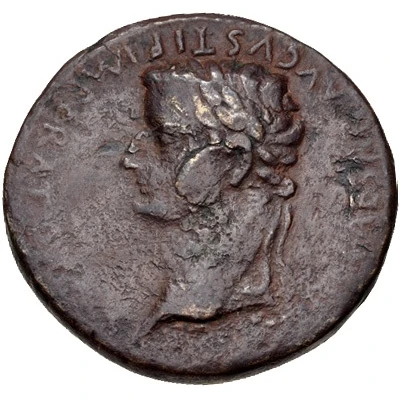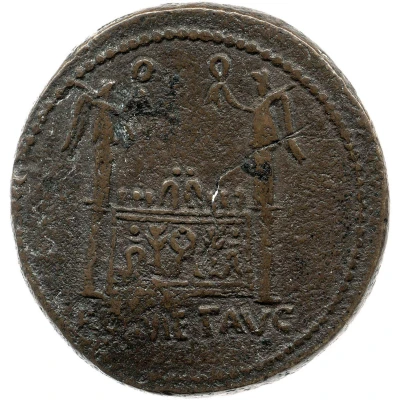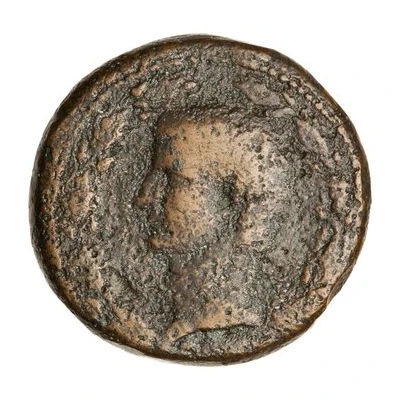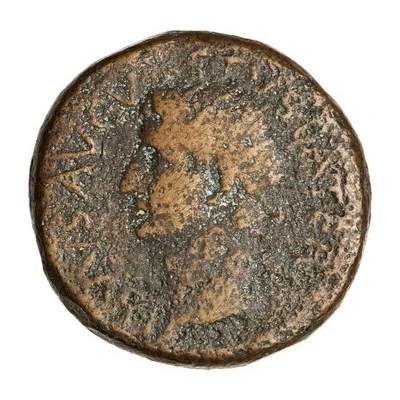


© Classical Numismatic Group, Inc.
Sestertius - Tiberius ROM ET AVG; altar of Gauls
| Bronze | - | - |
| Issuer | Rome › Roman Empire (27 BC - 395 AD) |
|---|---|
| Emperor | Augustus (Caius Octavius) (27 BC - 14 AD) |
| Type | Standard circulation coin |
| Years | 12-14 |
| Value | 1 Sestertius = ¼ Denarius |
| Currency | Denarius, Reform of Augustus (27 BC – AD 215) |
| Composition | Bronze |
| Shape | Round (irregular) |
| Technique | Hammered |
| Demonetized | Yes |
| Updated | 2024-10-06 |
| Numista | N#247715 |
|---|---|
| Rarity index | 100% |
Reverse
Altar of the three Gauls in Lugdunum, flanked by Victory holding wreath on column on each side, front decorated with corona civica flanked by nude male on each side.
Script: Latin
Lettering: ROM ET AVG
Translation:
Romae et Augusto.
To Rome and the emperor (Augustus).
Interesting fact
One interesting fact about the Sestertius - Tiberius (ROM ET AVG; altar of Gauls) (12-14) coin is that it features an image of an altar dedicated to the Roman gods, which was a symbol of the Roman Empire's power and influence over the conquered territories. The altar depicted on the coin is believed to have been built by the Roman general and statesman, Julius Caesar, as a way to commemorate his military victories in Gaul (modern-day France and Belgium). The coin's design serves as a testament to the Roman Empire's military prowess and its ability to spread its culture and influence across its vast territories.



